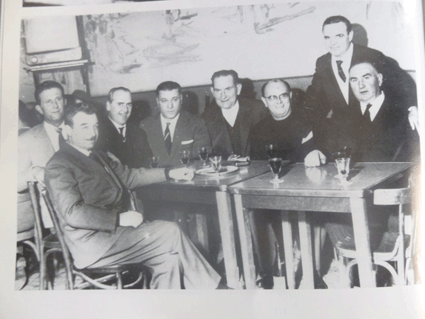Demographical and social processes, new solutions for communities‘ solidaridy, and gender approach
DOI:
https://doi.org/10.6092/2281-4574/1585Keywords:
ageing, flexible housing, supportive communities, cohousing, women architectsAbstract
From the beginning of the last century, and particularly after the Second World War until today, social and demographic changes were huge, with enormous feedbacks on the family composition, life style and behaviours related to housing.
These changes, nevertheless, were not accompanied by similar changes in the housing supply and in the concept itself of housing, which remained related to the XIXth century tradition.
Notwithstanding this situation, a “fil rouge” crosses the century, among wars and huge economic, social and technological transformations, giving us vanguard experiences, often deriving by the initiative of a small group of pioneers, which show the desire of changement by the innovative part of the society, of which women - designers and users, housewives and workers, grandmothers, mothers or daughters - represent probably the most sensible part.
The demographic forecasting of next decades show scenarios with even more problems: in 2050 more than 1/3 of the population will be over 65 years, being women the majority, with not great economic resources. But women themselves, both users and designers, could be the promoters of new models of "shared communities" in which there will be social and living integration, cohousing and technological innovation.Downloads

Downloads
Published
Issue
Section
License
Gli autori che pubblicano su questa rivista accettano le seguenti condizioni:- Gli autori mantengono i diritti sulla loro opera e cedono alla rivista il diritto di prima pubblicazione dell'opera, contemporaneamente licenziata sotto una Licenza Creative Commons - Attribuzione che permette ad altri di condividere l'opera indicando la paternità intellettuale e la prima pubblicazione su questa rivista.
- Gli autori possono aderire ad altri accordi di licenza non esclusiva per la distribuzione della versione dell'opera pubblicata (es. depositarla in un archivio istituzionale o pubblicarla in una monografia), a patto di indicare che la prima pubblicazione è avvenuta su questa rivista.
- Gli autori possono diffondere la loro opera online (es. in repository istituzionali o nel loro sito web) prima e durante il processo di submission, poiché può portare a scambi produttivi e aumentare le citazioni dell'opera pubblicata (Vedi The Effect of Open Access).

